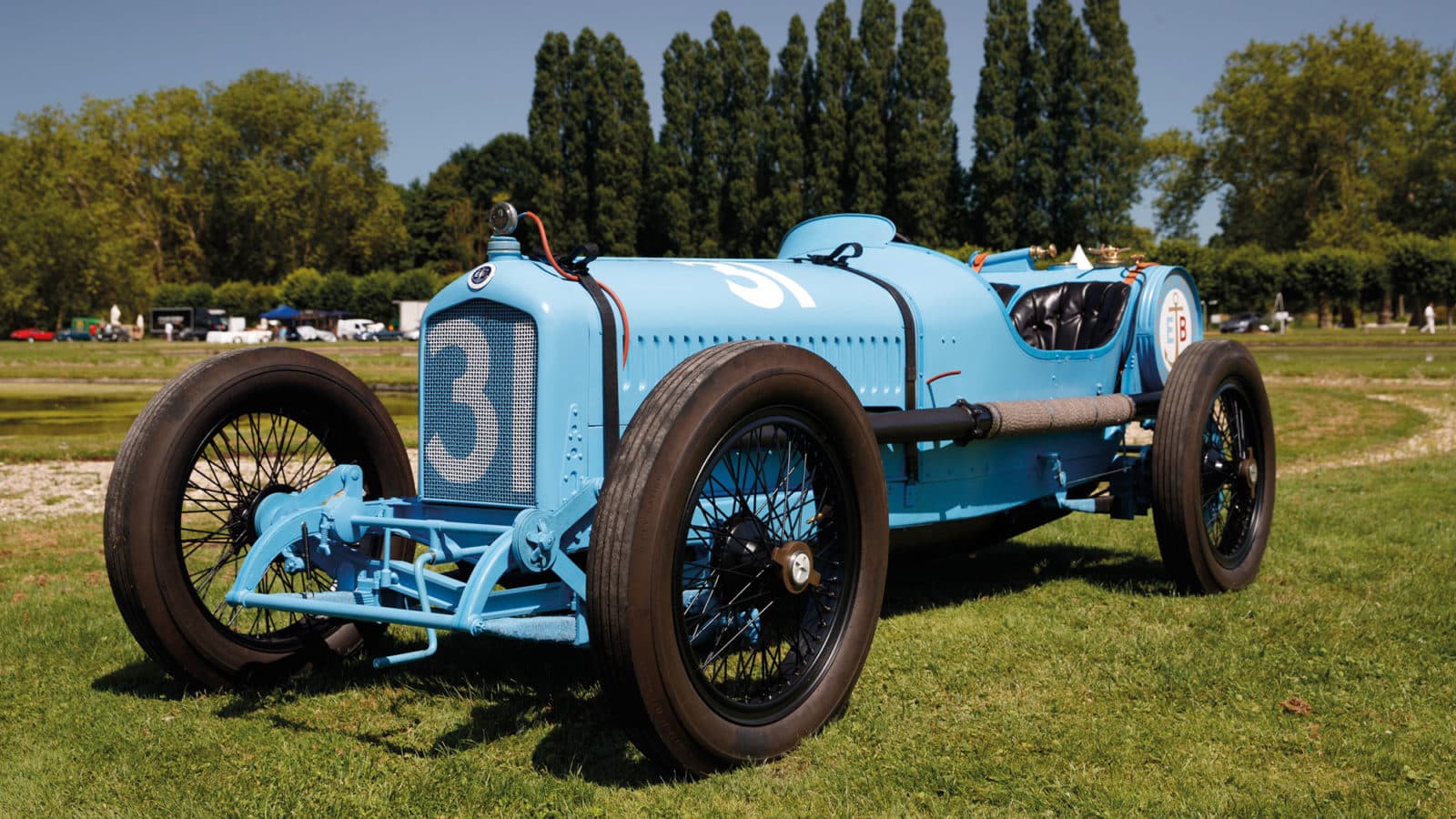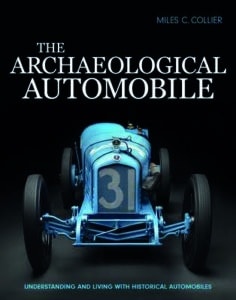The Archaeological Automobile book review
The meaning of drive: In a new book Miles Collier, owner of the eponymous US collection, shares his ideas on what the car has come to signify

Revs Institute’s 1919 Ballot Type 5/8LC might have raced in the Indy 500 but its story continues to build
Wouter Meissen/Revs
Scholarly. That’s the best word for this discussion on the future of automotive history. It’s hard to summarise how much long-time collector and archivist Miles Collier packs into this wide-ranging work, with its references to Neolithic axes and Degas paintings. When he talks about the “artefactual narrative” inherent in a historic vehicle – the history recorded by the physical evidence of patches, reshaping, old paint, plus photos, records and memories – you’ll realise that this is neither a history nor a guide to restoration nor a defence of collecting. Rather it’s a thought-piece on what the car has meant to us culturally and technically, what the place of the historic automobile is becoming as we move out of the internal combustion era, and how to preserve it and the history that goes with it.
Except that’s never ‘a history’ but many histories. Collier’s thrust is that a significant car isn’t just the metal it consists of now but all the repairs, improvements and re-makings in its past, and if we don’t attach those histories to the machine then they vanish.
His recurrent example of the ‘archaeological automobile’ is the 1919 Ballot in the Collier collection. Built for that year’s Indianapolis 500, this sole survivor is uniquely significant, with a continuing history explored by deep research and discoveries revealed in restoration. Operating, tuning and caring for such machines he equates to experimental archaeology. There is a sociological element too, debating passion, nostalgia and desirability – the purpose of any new hypercar, he says, is based on art because its performance is unusable, suitable for bragging rights only.
In discussing the shift in attitudes to collecting Collier, whose Revs Institute includes more than 100 significant cars and a world-class archive, warns that “the coming transition of mega-collections from the baby-boomer generations, now in their seventies and eighties, will rock the world of automobile collection” based on changing tastes, uses, technologies and attitudes towards “noisy and polluting” historic cars.
The technology question is a serious one, from rotting plastics to obsolescent software: we’ll probably be able to run that Ballot in 2075, but what about this year’s Le Mans hybrids?
It’s not that Collier is offering the answers (though he cites examples of restoration choices Revs has faced) but he wants us to think about these matters before we lose the past – and that’s not ours to give away. GC
 |
The Archaeological Automobile Miles C Collier Collier Automedia, £150 ISBN 9781735645100 |
September 2022 book reviews in brief
WRC 50: The Story of the World Rally Championship 1973-2022
Markus Stier
This hefty hardback, which chronicles 50 years of WRC history, should be high on the reading list of rally fans. With 300 photographs over as many pages it explores the ruggedness that make this sport unique. The detailed timeline of WRC begins with the championship’s creation – pioneered by familiar legends such as the Alpine A110 all the way to the technical marvels of the newly unleashed hybrids of 2022. McKlein’s visceral images (often of cars very sideways and very near spectators) along with Stier’s absorbing recaps are effective in highlighting just how crazy everyone in the era of 1980s Group B rally was. But beware – this book will only increase your desire to own a Lancia Delta Integrale.
HH
McKlein Publishing, £84
ISBN 9783947156436
Formula Helmet: The Glorious Years of F1 Helmets 1969-99
Bruno Bayol
Be honest – through the years you’ve often found yourself daydreaming about the design of your Formula 1 helmet. Would it have taken elements of the Union Jack like Nigel Mansell’s or might you have gone down the homage route – perhaps a knowing update of James Hunt’s with your own name in big letters? Formula Helmet is 288 pages of multilingual (English and French) lid love. Most facets of crash-helmetry are covered, with contributions from 18 F1 drivers, including Mario Andretti who admits to having given his own away to crew (“my F1 title-winning one is with the tyre guy”). And remember Graham Hill and Damon’s design of white stripes on night blue? Those stripes represent oars and the colours are those of the London Rowing Club on Putney Embankment: Graham was a member. Fascinating, and more is to follow.
LG
Red Runner £115
ISBN 9781854433169
